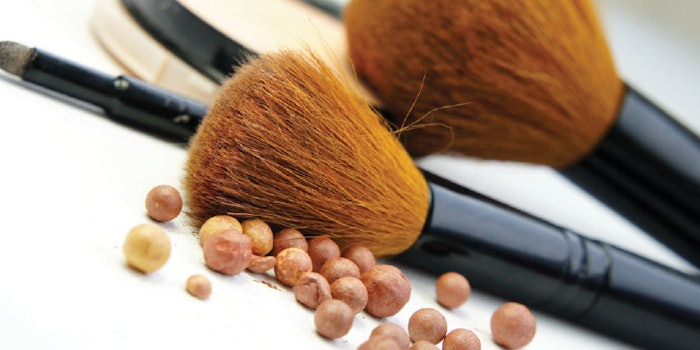
A compromised barrier is only the beginning of the afflictions brought about by COVID-19. Here, a clinical and research dermatologist and adviser to Cosmetics & Toiletries (C&T), Zoe Diana Draelos (ZDD), M.D., describes two skin and beauty-related issues. This excerpt is adapted from a longer interview, available here.
C&T: What new issues in patients have been brought about by COVID-19?
ZDD: Many people now are working at home. They’re communicating with others through a tiny, poor-quality pinhole camera, and that’s their image to the world. Seeing themselves through this lens magnified on a screen has led to a whole plethora of identity issues. They’ve never seen how long their nose is, how yellow their teeth look, etc., and they’re experiencing dysphoria.
In response to this Zoom psychosis, they’re seeking the help of dermatologists, wanting things done like fillers, Botox, laser resurfacing, etc. But the real question is whether what they’re seeing on camera is indicative of what they really look like. Cameras focus on edges and changes, and they digitally process images. So people are seeing lines and wrinkles that probably the human eye doesn’t pick up.
To address their concerns, you can put filler in wrinkles but one thing people should realize is that faces that look good on camera are not necessarily beautiful in real life. If I were going to give somebody advice for Zoom psychosis, it would be to use light-reflective bronzers and illuminators because the more light you reflect back to the camera, the fewer edges you see, lessening the appearance of wrinkles. C&T: What physiological changes are you seeing in skin?
C&T: What physiological changes are you seeing in skin?
ZDD: We’re seeing more hand dermatitis than ever before because people are washing their hands. We’re also seeing maskne, which is really Acne mechanica. When skin rubs against a mask, what the mask is really doing is rubbing the tops of hair follicles and that irritates them. This gives a reaction that looks like acne. The solution is to either put a silicone insert in the mask to lift it off the face or get a bigger mask that comes under the chin so that every time you open your mouth, you’re not pulling on the mask.











